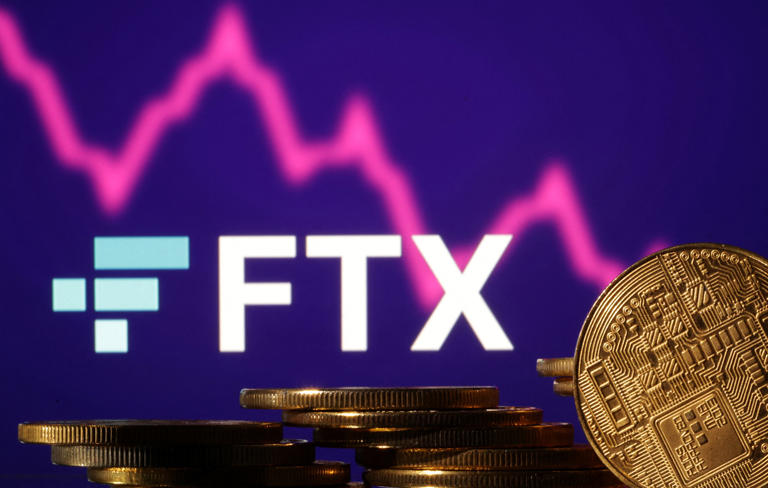The recent twist in the ongoing FTX bankruptcy saga, characterized by the transfer of a substantial claim against FTX EU to FTXcreditor, represents a pivotal moment in the complex Chapter 11 proceedings. This move, orchestrated within the legal framework and guidelines stipulated by Rule 3001(e)(2) of the Federal Rules of Bankruptcy Procedure, is a strategic maneuver aimed at streamlining the labyrinthine administrative procedures entangled within the bankruptcy case. By consolidating the plethora of claims under the umbrella of FTXcreditor, the overarching objective appears to be the facilitation of a more efficient and expedited resolution process.
However, beneath the veneer of efficiency lies a thicket of complexities, particularly concerning the equitable treatment of creditors, both large and small. While the consolidation of claims under a single entity could ostensibly expedite the resolution of the case, there exists a palpable concern that smaller creditors may find themselves relegated to the periphery, their claims receiving insufficient attention or, worse yet, less favorable recovery terms when juxtaposed against their larger counterparts.
The transfer process itself, characterized by the waiver of traditional notice and hearing requirements, raises poignant questions regarding the transparency and fairness of the bankruptcy proceedings. The decision to withhold the identity of the transferor, ostensibly to safeguard their anonymity, has inadvertently cast a shadow of doubt over the integrity of the transfer mechanism. In the absence of transparency, stakeholders are left to grapple with apprehensions regarding the potential for clandestine machinations and manipulations within the corridors of bankruptcy negotiations.
The broader context within which this bankruptcy saga unfolds is crucial for understanding its significance. FTX’s descent into insolvency, precipitated by a confluence of financial tumult, regulatory pressures, and market vicissitudes, underscores the inherent volatility and regulatory uncertainties endemic to the cryptocurrency sector. Against the backdrop of heightened regulatory scrutiny aimed at fortifying investor protections and market integrity, the FTX bankruptcy case assumes added significance as a litmus test for the efficacy of regulatory interventions within the crypto landscape.
Furthermore, the recent personal developments involving Sam Bankman-Fried, a central figure in the FTX narrative, inject a humanizing dimension into an otherwise sterile legal discourse. Bankman-Fried’s introspective reflections on his incarceration and adaptation to the carceral environment serve as a poignant reminder of the profound personal toll exacted by high-stakes financial entanglements.
As the bankruptcy proceedings continue to unfold, the spotlight remains firmly fixed on the ramifications of these developments for the panoply of creditors ensnared in the maelstrom. The consolidation of claims under FTXcreditor, while ostensibly aimed at expediting the resolution process, raises pertinent questions about the preservation of fairness and equity within the bankruptcy framework.
Ultimately, the denouement of the FTX bankruptcy saga holds far-reaching implications, not only for the myriad stakeholders embroiled in the proceedings but also for the broader regulatory landscape governing the cryptocurrency sector. As regulatory authorities grapple with the imperative of striking a delicate balance between innovation and investor protection, the resolution of the FTX case stands as a crucible through which the contours of future regulatory approaches will be forged and tested.
